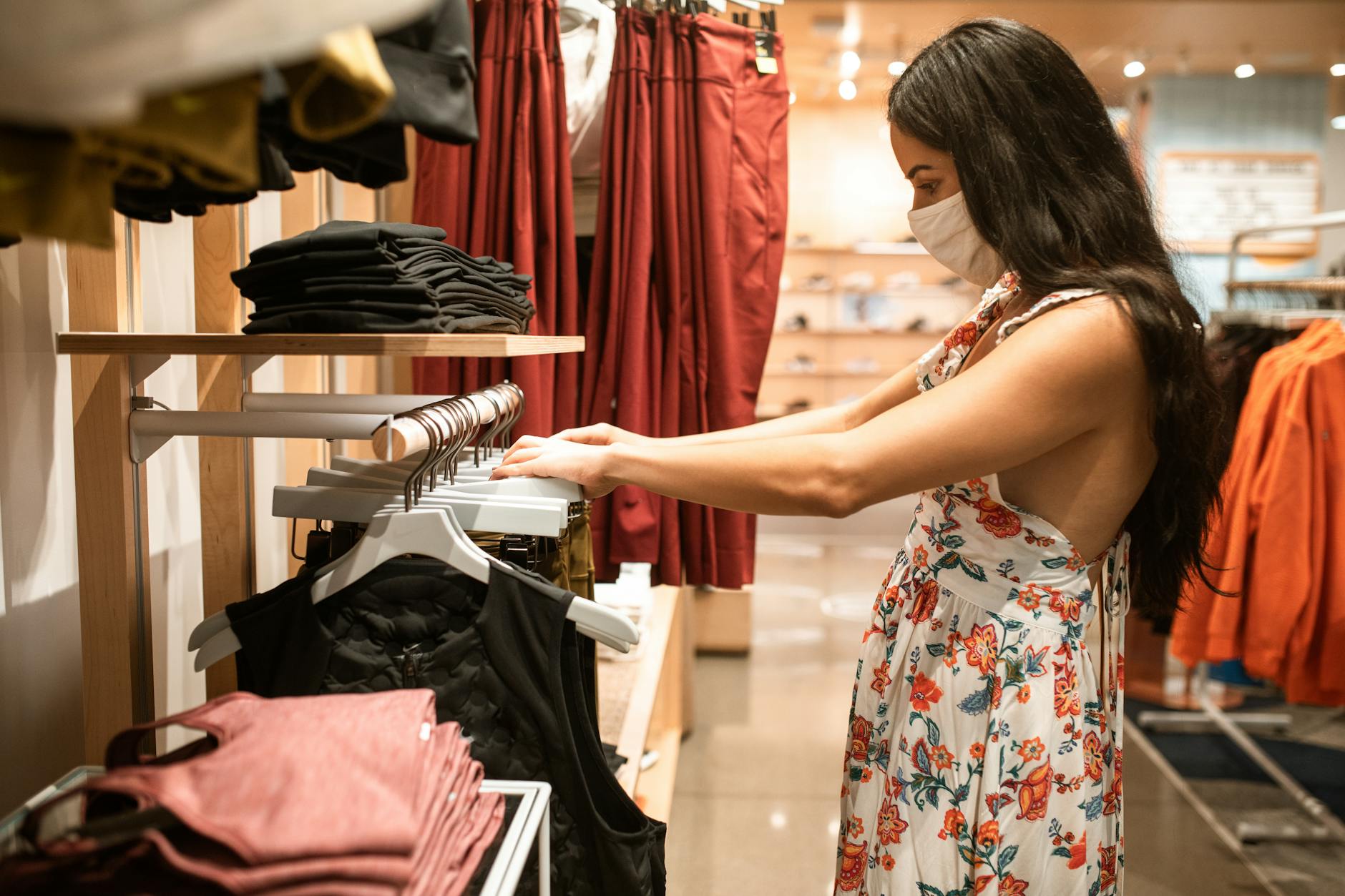
There’s a reason why women tend to spend more money, and it isn’t because they are shopaholics.
Have you ever wondered why women’s clothing costs more than men’s? Even if they only bought a simple white t-shirt. Or how about your daughter’s bicycle helmet, and the fact that it’s ten dollars more than your son’s. Since the 1990s, a gender price gap nicknamed “The Pink Tax” has been prevalent in most of our retail purchases. It’s been a way for companies to up-price their products catered to women. Whether they try to justify this by categorizing it as “luxury items,” or through psychological, stigmatic beliefs that women don’t check the price before they buy, this way of business has been and is simply unethical.
According to New York City’s Department of Consumer Affairs, women are charged 13 percent more for hygienic products like razors and other essential body care items. This happens more than 50 percent of the time while they shop. Some consumers have even taken comparison photos and shared them on social media to show how companies price their products differently based on colour.
When it comes to the lengths of the pink tax, not even children are spared from it. From their toys and accessories to what they wear, it’s been reported that female helmets and pads cost 13 percent more than a boy’s. Clothing prices don’t get better either. Girl’s shirts are also costing parents two dollars more than any other clothing item, with baby pants coming in second place as one of the top items charged more by gender.

It’s safe to say that even through the scope of price differences in adult clothing, the gap seems to widen even more. Clothing pieces such as shirts, jeans, socks, and undergarments are reported to mark women’s items up to 20 dollars more than men’s. According to the DCA report, women’s shirts cost an average of 30 dollars, whereas men’s are five dollars less. Socks may seem slightly closer at price, but it doesn’t excuse the fact that women’s jeans are sold at a 60-dollar range, in comparison to men’s prices staying below that.

Photo by RODNAE Productions on Pexels
Tampons are the most affected by the pink tax. With a total of $150 million spent yearly on menstrual products, these items are shockingly labeled as non-essential items in parts of the United States and the world. Hungary is said to place the highest tax rate of 27 percent on menstrual items. Around the world, more than 12 percent of women and girls also live near poverty levels just to maintain access to resources for their menstrual needs.
Bailey is a Sheridan student that studies journalism. She believes that charging women more than men doesn’t make sense as they are the ones with more purchasing needs.
“This is just another way of displaying women as being lower than men… male and female products should be similar in price,” said Bailey.
Bailey voices that in order for women to better fend themselves against the pink tax, they should continue their campaigns against it or even start a protest to spread further awareness for more women to know.
Viki is a young professional in the media advertising industry. Like Bailey, she also does not understand why companies feel the need to charge women more for similar items as men. Viki notices the price gap the most when she shops for razors and their replacement heads.
“Why do we need to be charged more? Because we identify as female and need certain items for it? I don’t agree with it,” said Viki.
According to Good Housekeeping, the best way to avoid the pink tax altogether is to comparison shop as much as you can. Browsing personal hygiene and clothing options in the men’s section wouldn’t only give you cheaper prices, but somewhat better quality too. Mint Inuit also advises a good negotiation can be as useful too. Going for a bargain and buying gender-neutral products are also other ways to forgo the price gap. Lastly, supporting initiatives like The Pink Tax Repeal Act are some of the best ways to make sure women are priced as fairly as possible.
